Over the years, I have made so many embroidery canvas pieces. So my home is packed with all of them. I didn’t know what to do with it. Some sat folded in boxes, others stacked in corners waiting for their moment.
That’s when I realized why not turn them into something useful? Grandma gives me an idea to sew canvas by hand, maybe to a bedsheet, pillow cover, or a handkerchief.
Hearing her idea, I asked how to stitch canvas by hand. She answered casually,
Sew Canvas
To sew canvas by hand as a beginner, use a sturdy needle, strong thread, and simple stitches like running or backstitch while working slowly to handle the thick fabric.
I grabbed my canvas fabric and started sewing. Let me tell you how it went.
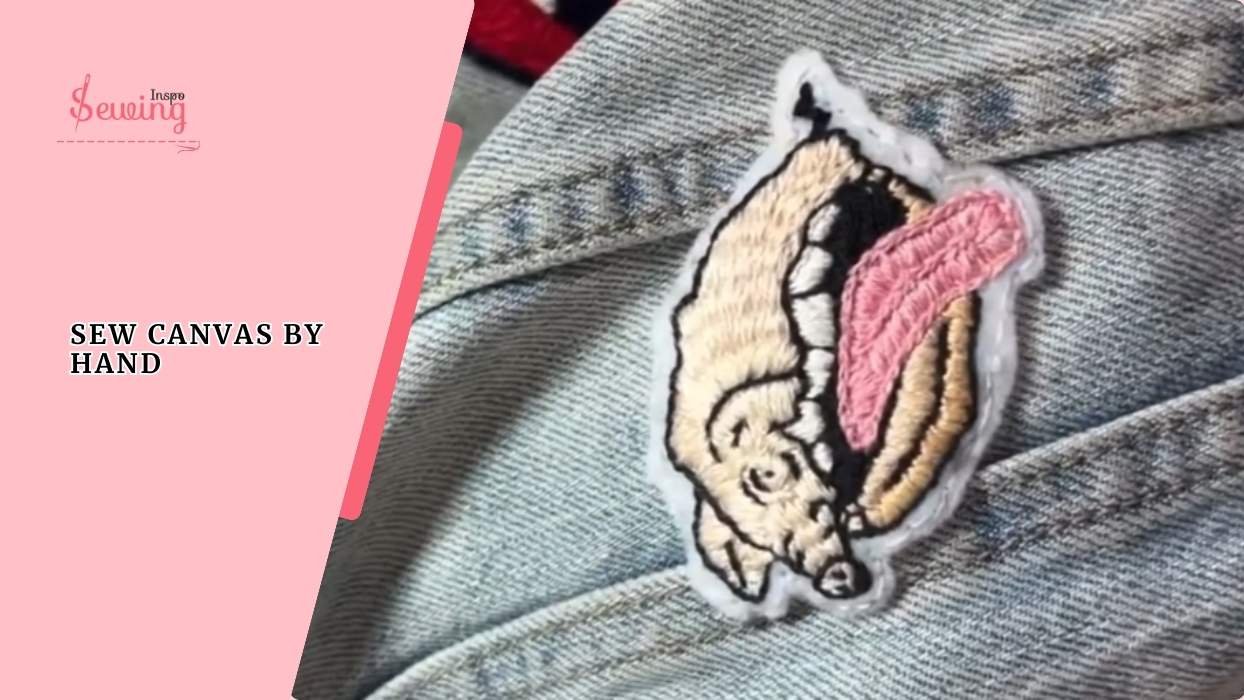
Table of Contents
Can You Hand Sew Canvas Fabric?
Yes, you definitely can hand sew canvas fabric. But it takes a little patience and the right tools. Canvas is thicker and sturdier than regular cotton. So a normal sewing needle will struggle. You need a heavy-duty hand sewing needle and a strong thread, such as polyester or waxed thread.
The stitches themselves aren’t complicated. You can use basics like a running stitch, backstitch, or whipstitch for sewing canvas.
But since canvas is tough, you may need a thimble to push the needle through and a pair of pliers to pull it out smoothly.

What Size Needle To Hand Sew Canvas?
I always reach for a size 1–3 Denim/Jeans or Upholstery needle to sew canvas. These needles are built for heavy, tightly woven fabrics like canvas.
Their thick shaft and sharp point make piercing the material so much easier. The trick is matching the size to your thread. I go with a needle that has an eye large enough for my thread to slide through smoothly.
But not so big that it stretches or distorts the canvas. Here are a few more needle sizes for hand sew canvas-
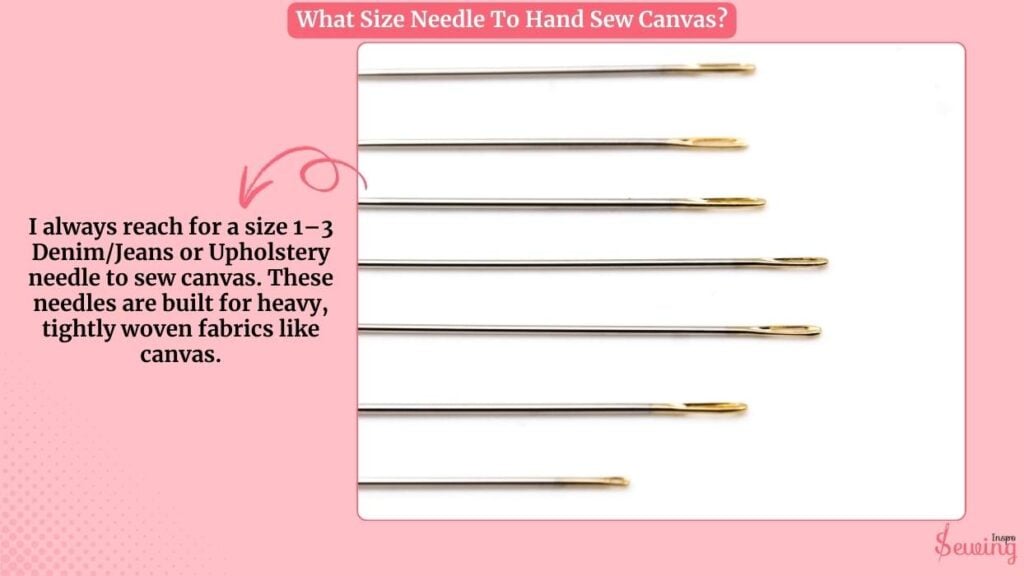
- Light fabrics (silk, chiffon): Size 9–10 sharps
- Medium fabrics (cotton, linen): Size 5–7 sharps
- Heavy fabrics (canvas, denim, upholstery): Size 1–3 upholstery/denim
- Stretch fabrics (jersey, knits): Ballpoint size 5–9
- Embroidery fabrics (Aida, evenweave): Tapestry size 18–24
What Thread Should I Use For Sewing Canvas?
I use polyester thread to sew canvas. It’s tough, doesn’t fray easily, and holds up well, even if the project ends up outside in the sun or rain.
If I need something even sturdier, like for a gear bag or upholstery, I’ll go with nylon thread. It has a little stretch, which helps when the fabric is under pressure.
If you want something tougher, then nothing beats waxed thread.
That light coating of wax makes it glide through thick canvas like butter, and it adds a bit of extra strength, too. It’s perfect for bags or smaller decorative projects where I want a clean finish.
So basically my rule of thumb is-
- Outdoor or heavy-use stuff uses polyester or nylon.
- Hand-stitching or crafts use waxed thread every time.
How To Sew Canvas By Hand?
To sew canvas by hand follow 9 steps-
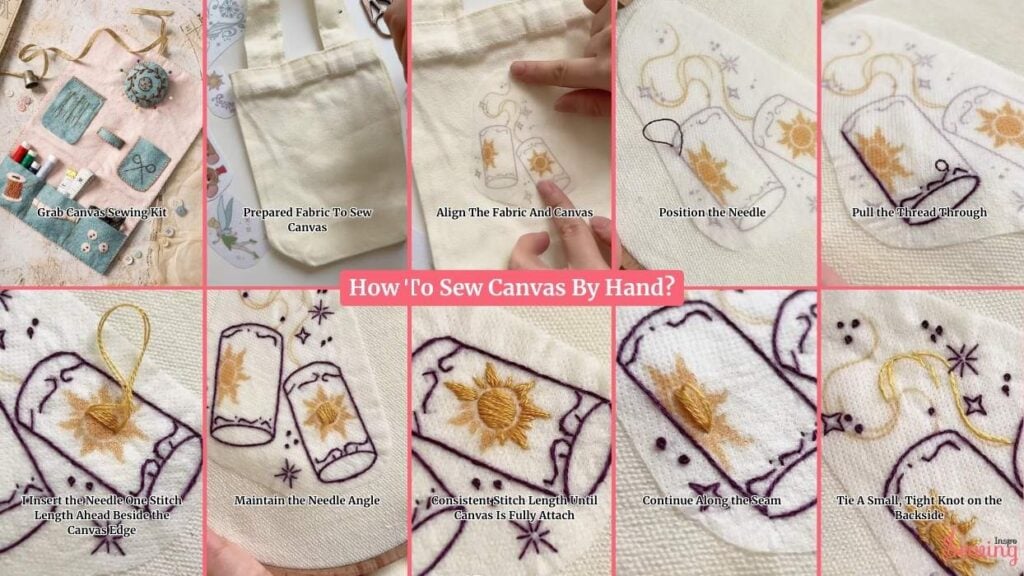
Grab Canvas Sewing Kit
Gathering all the needles and thread is a hassle. You can just skip that hassle with a canvas kit. It usually comes with strong needles, heavy-duty thread, and sometimes even a thimble or pliers.
All the tools that make stitching thick canvas so much easier. I like it because I don’t have to scramble for supplies mid-project.
I can use the right tools from the start, which means my stitches come out neat, even, and professional-looking without wearing out my hands.
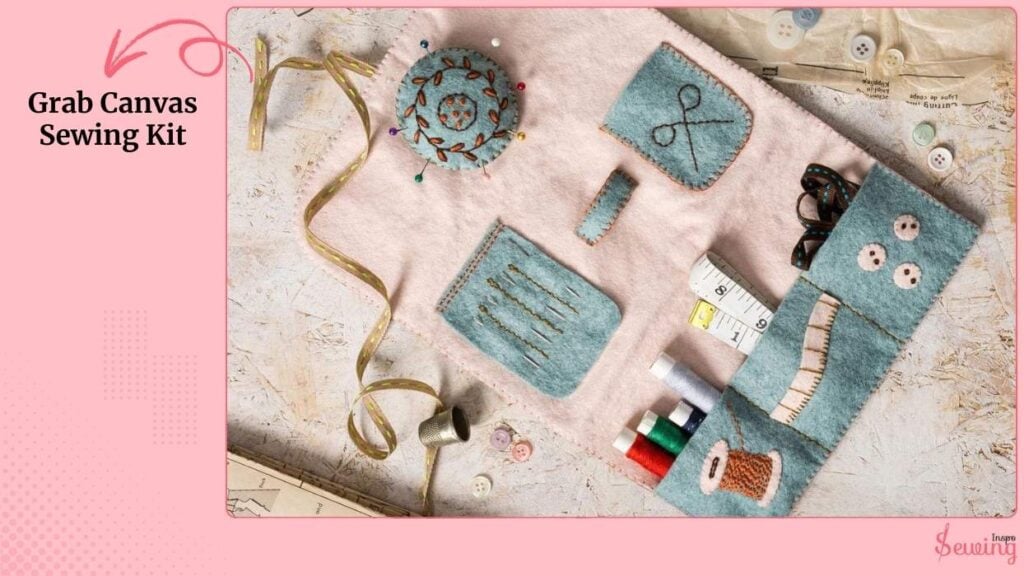
Prepared Fabric To Sew Canvas
I usually stick with cotton or linen canvas. They’re strong enough to hold up to repeated stitching but still flexible enough to be manipulated by hand.
For heavier projects, I sometimes use duck canvas, which is denser and more durable. It is perfect for bags, upholstery, or outdoor items.
Also, I always pre-wash and press my canvas to avoid shrinkage and keep layers flat. That way, my stitches go in clean, straight, and without straining my hands.
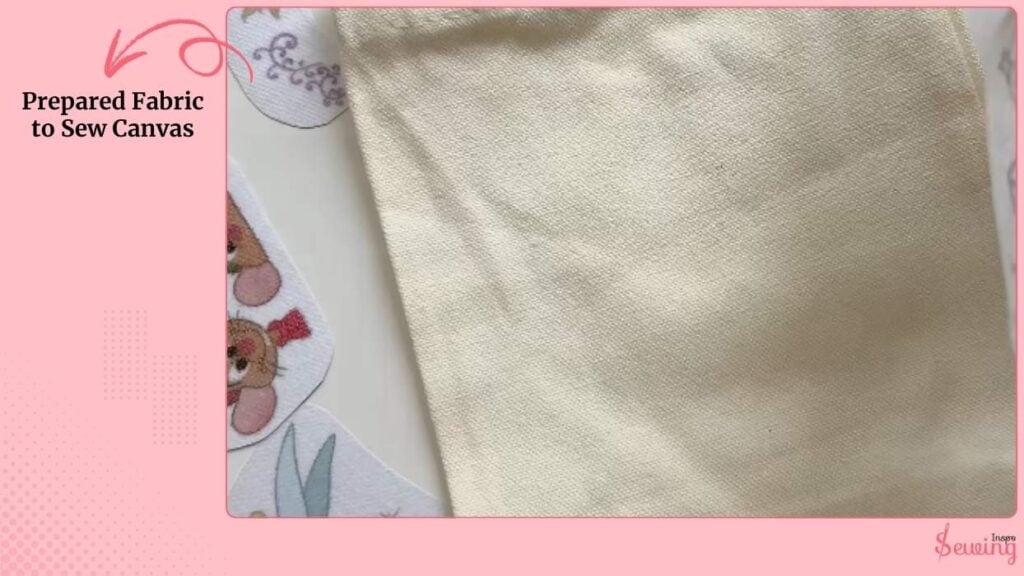
Align The Fabric And Canvas
I make sure the canvas layers are aligned perfectly. Pre-wash and press your fabric flat to avoid shrinkage and puckering later.
I usually mark the seam lines lightly with a pencil or fabric chalk. This ensures my stitches stay straight and even.
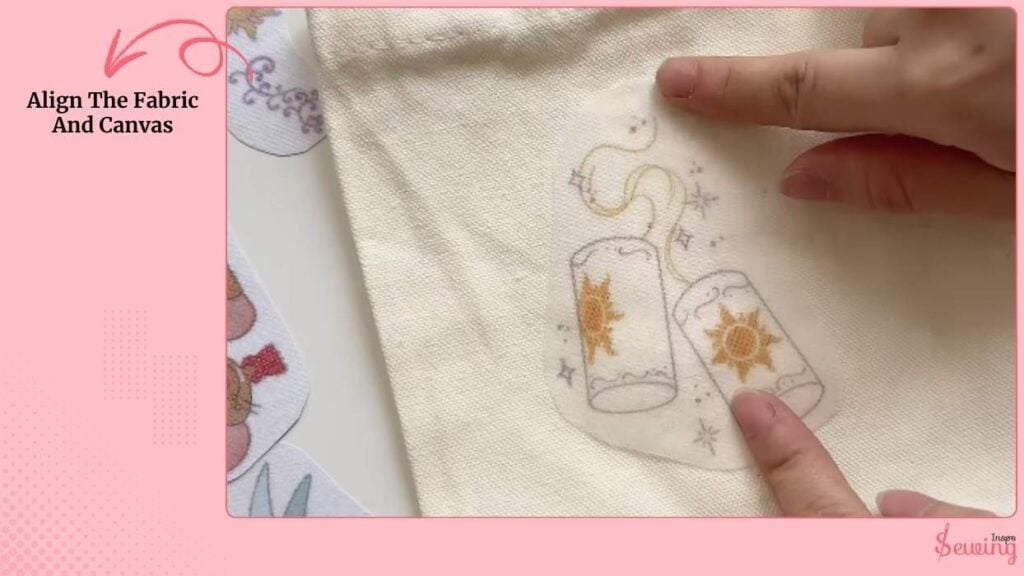
Position the Needle
I start by holding the canvas steady with my non-dominant hand, fingers slightly apart so the fabric doesn’t wrinkle. I insert the needle from the back of the canvas to the front at my starting point.
At first, I angle the needle almost perpendicular (90 degrees) to the fabric.
This gives me maximum control and prevents the needle from bending or straining the canvas fibers. For thicker canvas, I sometimes use pliers to gently push the needle through without hurting my fingers.
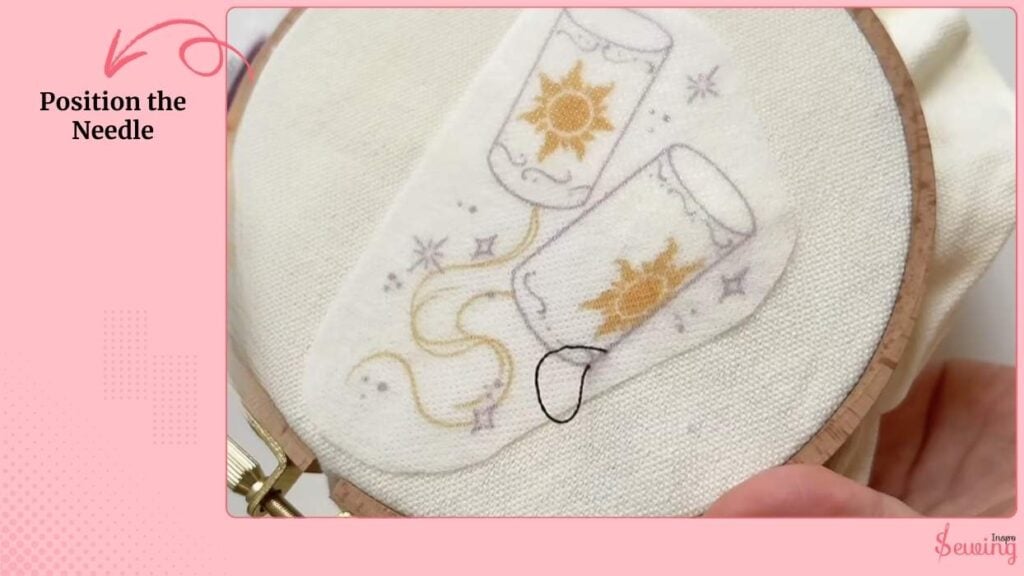
Pull the Thread Through
Once the needle is through, I pull the thread slowly until the knot at the end catches on the back.
I always hold the thread taut but not too tight; too much tension can distort the canvas or pull the first stitch out of alignment.
At this stage, I check that the fabric lies flat and the knot is secure before continuing.
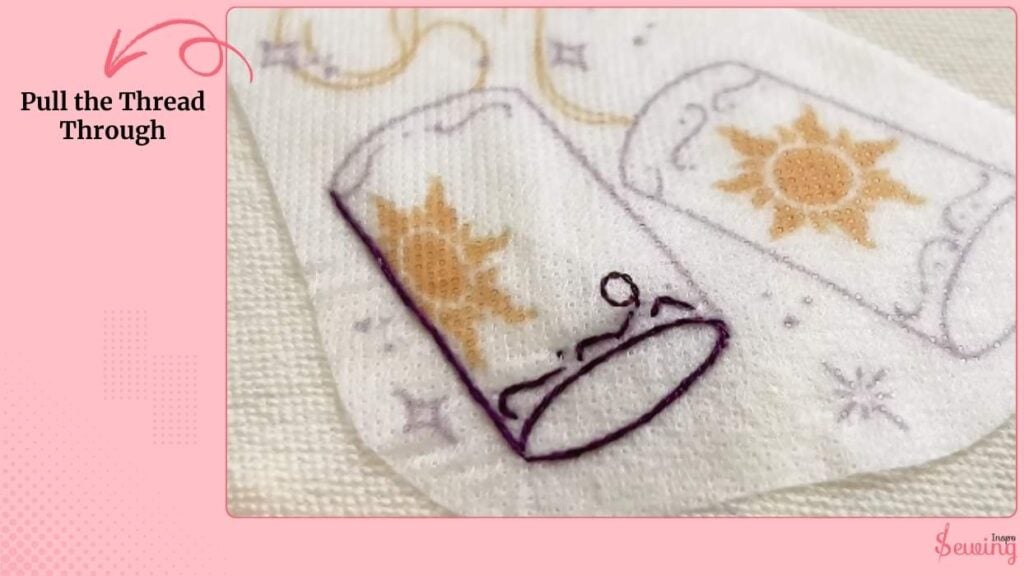
I Insert The Needle One Stitch Length Ahead Beside The Canvas Edge
I insert the needle one stitch length ahead (usually 3–5 mm) along my marked seam line, then bring it back into the end of the previous stitch.
This forms a strong overlapping stitch that locks the thread in place. I make sure the stitch passes cleanly between the canvas threads rather than forcing through them, which keeps the seam neat and prevents fraying.
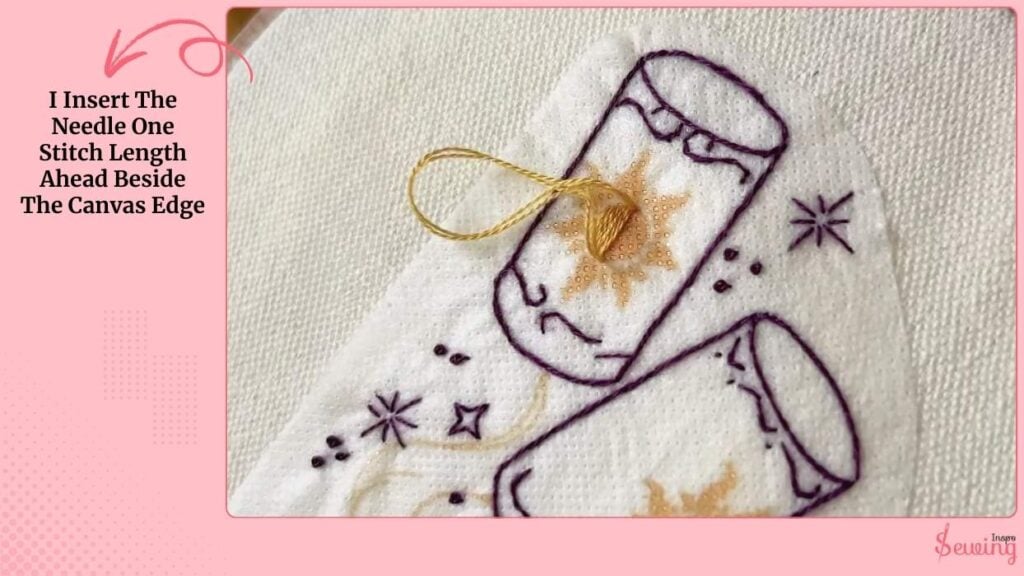
Maintain the Needle Angle
As I continue stitching, I adjust the needle to a slight angle of 75–80 degrees instead of fully perpendicular. This allows the needle to slide more easily between the fibers, reducing resistance and keeping the canvas threads intact.
I also rotate the fabric slightly as I go to keep my hand comfortable and avoid bending the needle.
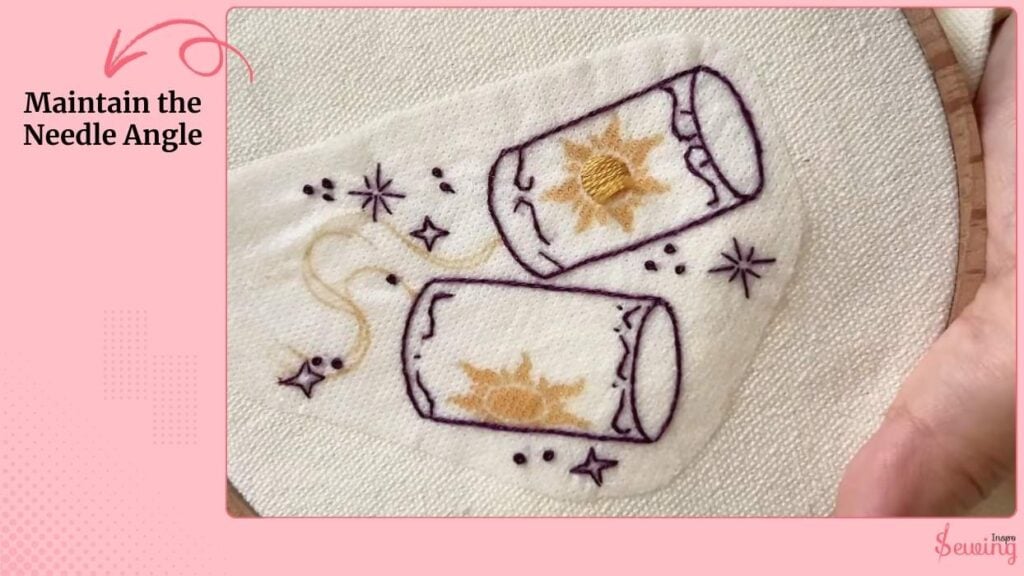
Consistent Stitch Length Until Canvas Is Fully Attach
I aim for even stitches, 3–5 mm long, depending on how thick the canvas is. I use the tip of my finger as a visual guide to keep the spacing uniform.
Consistency is important. Not only for aesthetics but also for durability. If stitches are uneven, some areas of the seam will carry more stress than others, which can lead to premature wear.
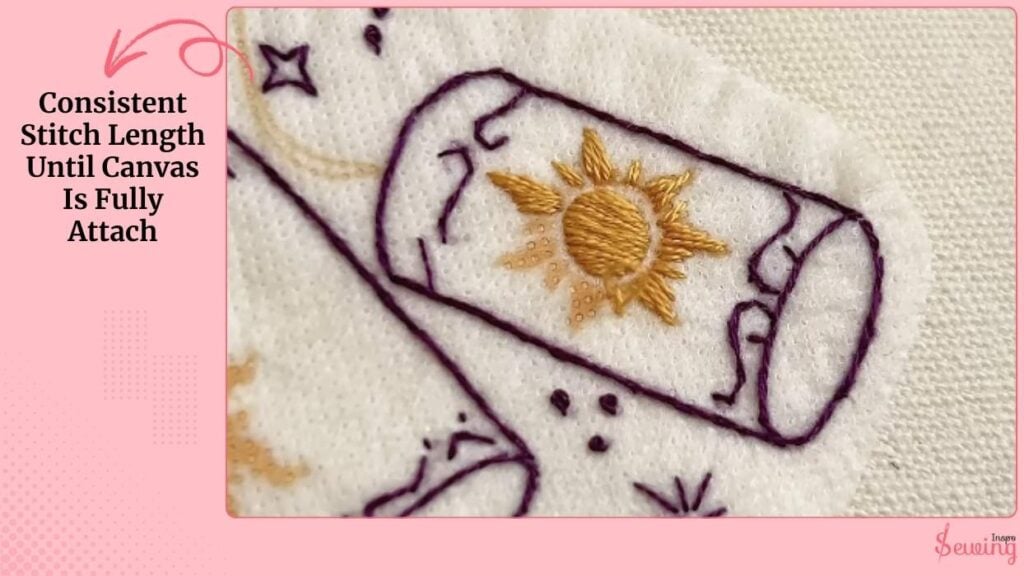
Continue Along the Seam
I repeat the backstitches along the seam, pausing occasionally to check tension. Each stitch should be snug against the canvas but not tight enough to pucker it.
I also make sure the thread lies flat against the surface without twisting. For longer seams, I rest my hands every few minutes to avoid fatigue and keep my stitches steady.
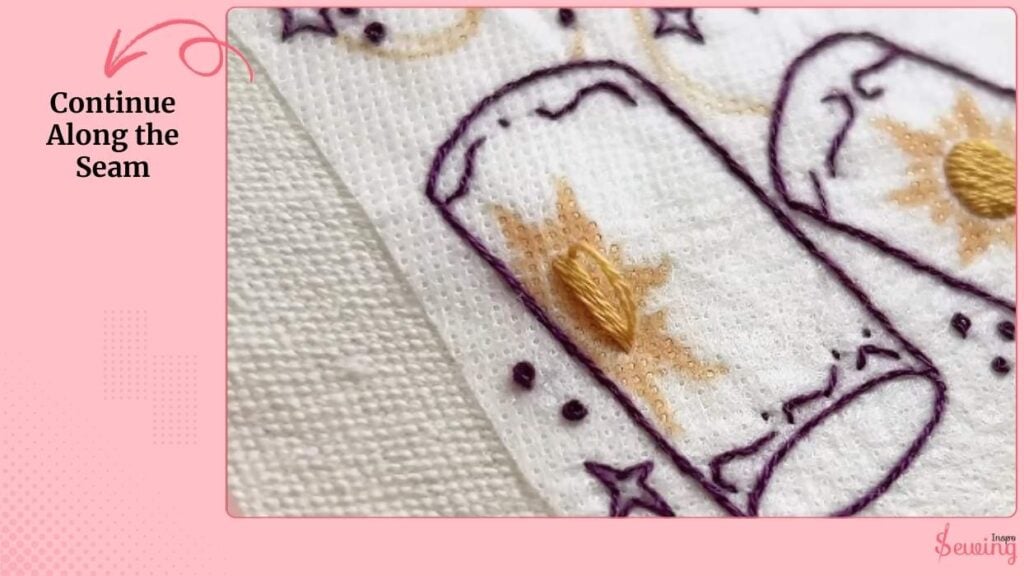
Tie A Small, Tight Knot On The Backside
At the end of the seam, I tie a small, tight knot on the backside. For extra durability, I like to make two knots and trim the thread close. Then I press the seam lightly if needed, so the stitches sit flat.
That’s it! You got a canvas attached to your preferred cloth! Now your canvas will never go to waste.

Frequently Asked Questions
Is canvas hard to sew?
Canvas can feel tough at first because it’s thick and tightly woven. But with the right needle, strong thread, and a bit of patience, hand-sewing it becomes manageable—and even enjoyable once you get the rhythm.
Can I use any thread for canvas?
Not really. I stick to waxed thread for hand sewing, or polyester/nylon thread for stronger seams. Regular cotton thread can break or wear out quickly on thick canvas.
Conclusion
Hand-sewing canvas might seem intimidating at first, but once you have the right tools, fabric, and technique, it’s surprisingly satisfying. With consistent stitches, proper tension, and a bit of patience, your canvas projects will come out strong, neat, and built to last.

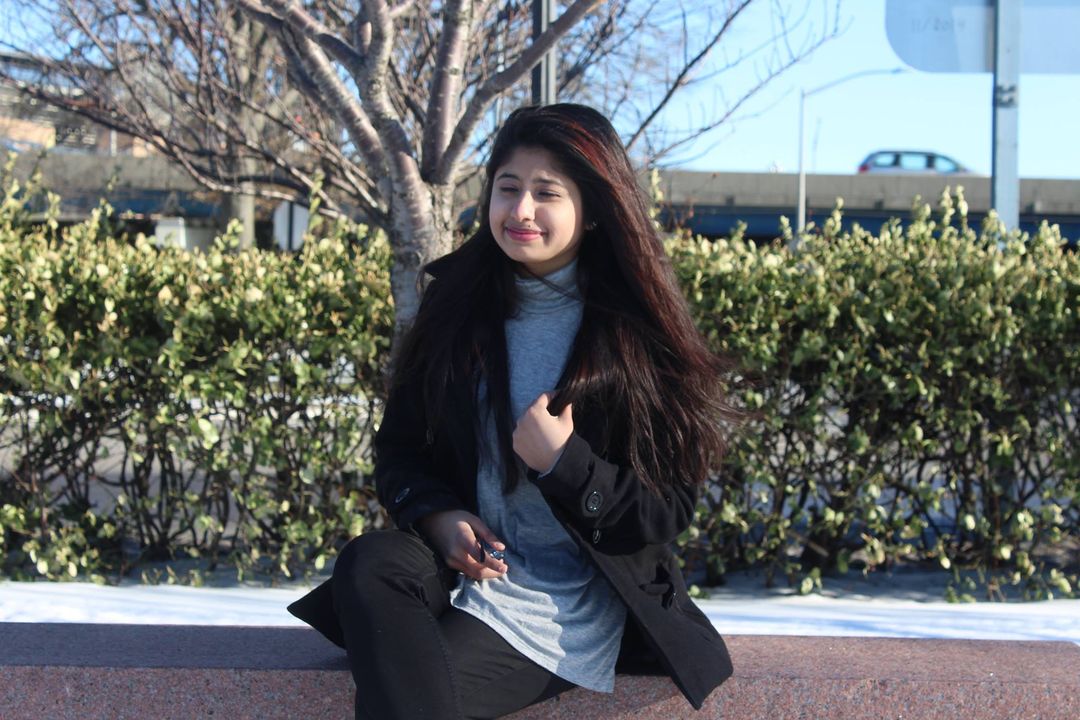
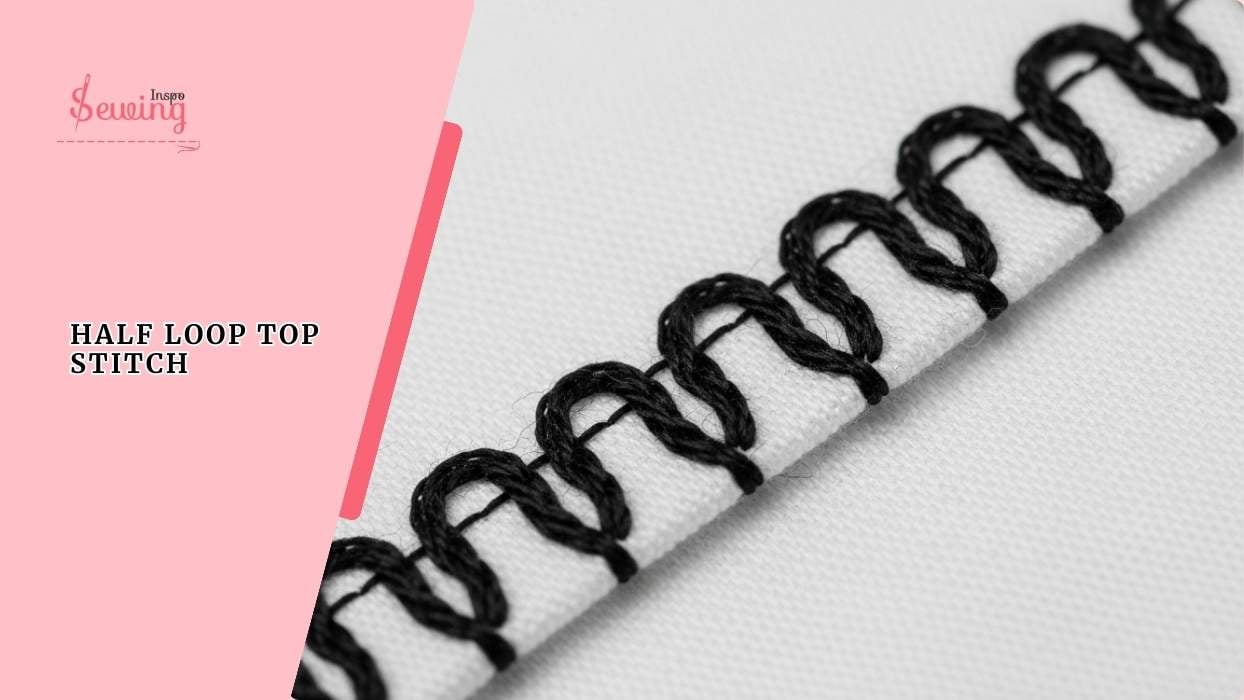
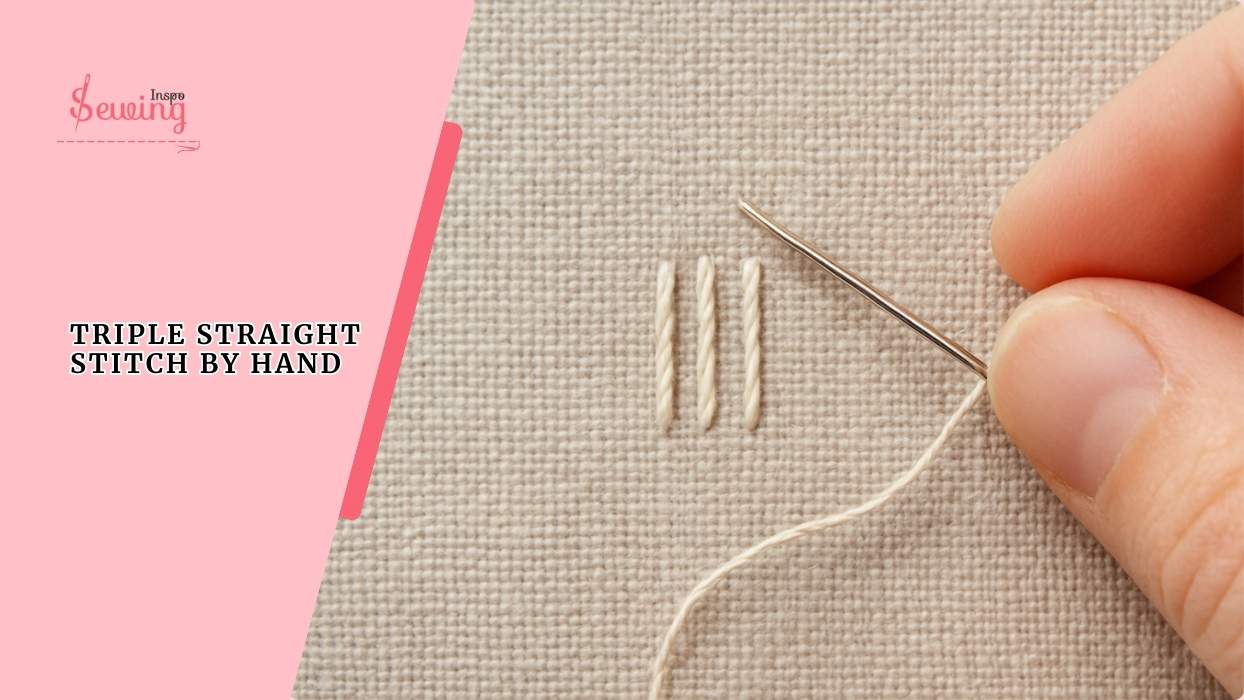
Leave a Reply